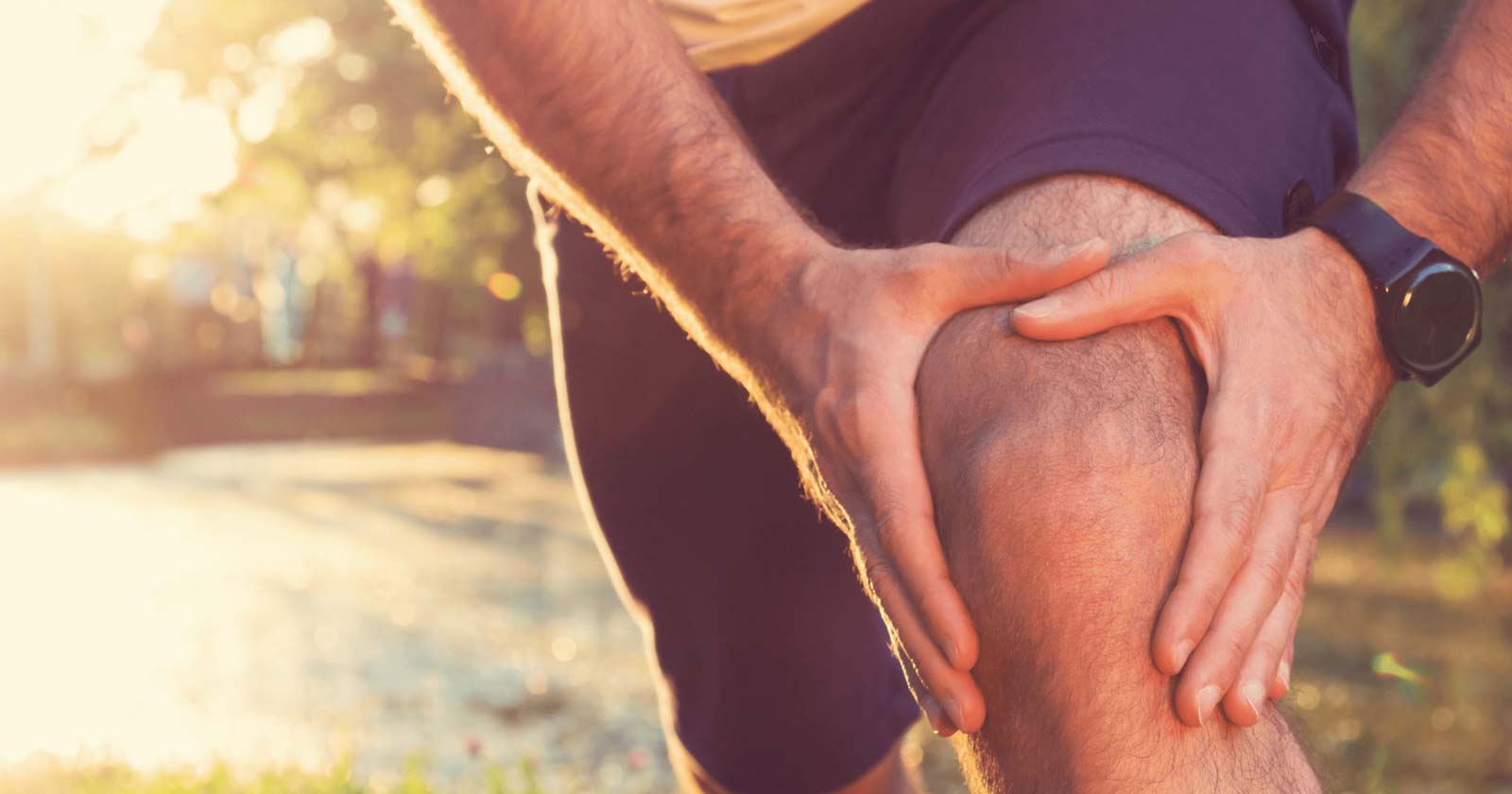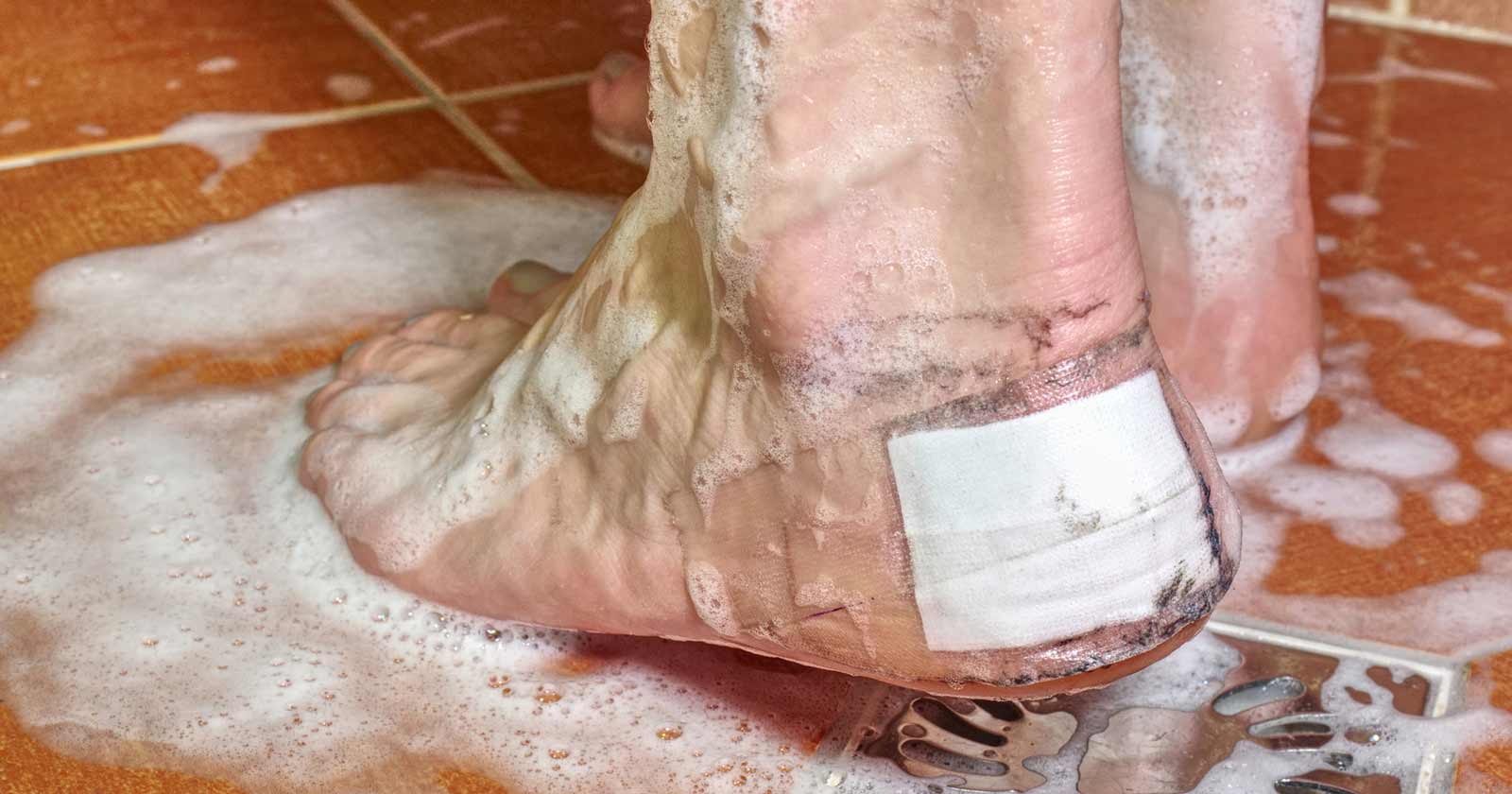Understand why and how to find relief
Picture this: You’re out on the trail, surrounded by nature, and you’re loving every moment of your hike. But then you notice your hands are starting to swell. The first time this happens, it can be an odd and occasionally uncomfortable experience, but fear not! There are reasons behind swollen hands while hiking. Here’s some practical tips to prevent and alleviate this issue and find a bit of relief. Swelling can be caused by several factors, but the most common causes are gravity and the way the body distributes heat during exercise. As the core muscles heat up when hiking, the vascular system cools the body down by releasing more fluid to our fingers, hands, and feet. When blood reaches the skin to dissipate the heat, fluids leak out of the vessels, causing swelling of the limbs. Medically known as exercise-induced peripheral edema, the problem is not serious and will go away soon after you stop hiking.
Why do hands swell when hiking?
1. Physical Activity: One of the primary reasons for hand swelling while hiking is the increased physical activity. As you swing your arms and carry your gear, blood flow to your hands can increase, causing temporary swelling.
2. Heat and Dehydration: Hiking on a hot day can lead to heat-related swelling. Your body retains more water to regulate its temperature, especially if you’re not staying adequately hydrated.
3. Altitude: If you’re ascending to higher altitudes, the reduced oxygen levels can lead to your body retaining more fluids, including in your hands.
4. Injury or Overuse: Using trekking poles or carrying a heavy backpack can strain the muscles and tendons in your hands, resulting in inflammation and swelling.
5. Medical Conditions: In some cases, underlying medical conditions like arthritis or circulatory problems may contribute to hand swelling during physical activities.
A less common cause of swelling in the hands is caused by low blood sodium concentration. This can occur if you drink too much fluid or water than your body can get rid of. Hyponatremia is more commonly associated with ultra-distance running than with backpacking or hiking. So, if you ever experience swelling or puffiness in your fingers or hands when hiking, chances are all you need to do is to improve blood circulation to your hands.
Tips to prevent and relieve hand swelling
1. Stay Hydrated: Proper hydration is key, especially in hot or high-altitude conditions. Drink water regularly to help prevent fluid retention.
2. Pacing: Be mindful of how you use your hands. Avoid gripping hiking equipment too tightly and take breaks to rest your hands and shake them out.
3. Elevation Adjustment: When hiking at high altitudes, give your body time to acclimate gradually. This can help reduce the risk of altitude-related swelling.
4. Hand Exercises: Prior to and during your hike, perform simple hand and wrist exercises to improve blood circulation and reduce muscle strain. Keeping your arms suspended long-term can cause blood to pool up in the extremities. Rapidly swinging your arms above your head in a circular motion will move blood from your hands and reduce swelling. Elevate your arms above your head every so often, or bend your arms up by gripping the thumb or shoulder straps on your pack. Use a hiking pole. Gripping a pole (or stick) promotes circulation because the gripping motion engages the muscles in the hand, thereby facilitating blood flow. If you don’t use poles, activate your hand muscles to promote circulation by squeezing them into a fist and releasing the grip every few minutes. You can also grab your water bottle or another object and swing it around as you walk.
5. Gloves: Consider wearing gloves with good ventilation to minimise friction and moisture build-up, which can contribute to swelling.
When to seek professional advice
If you experience persistent or severe swelling, pain, or discomfort in your hands while hiking, it’s crucial to consult with a healthcare professional. This could be related to an underlying medical issue or injury that requires attention.
Swollen hands shouldn’t put a damper on your hiking adventures. By understanding the causes and implementing these practical tips, you can minimise hand swelling and continue to relish the great outdoors. So, grab your gear, lace up your hiking boots, and hit the trail with confidence, knowing you have the know-how to keep your hands comfortable on your next expedition. Happy hiking!





